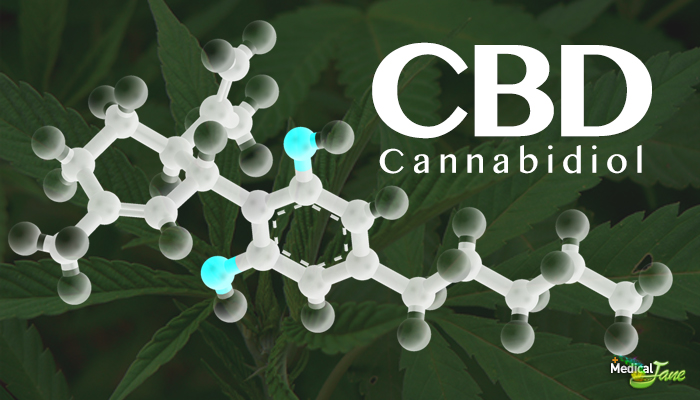“Nowadays, Cannabis sativa is considered the most extensively used narcotic. Nevertheless, this fame obscures its traditional employ in native medicine of South Africa, South America, Turkey, Egypt and in many regions of Asia as a therapeutic drug.
In fact, the use of compounds containing Cannabis and their introduction in clinical practice is still controversial and strongly limited by unavoidable psychotropic effects. So, overcoming these adverse effects represents the main open question on the utilization of cannabinoids as new drugs for treatment of several pathologies.
To date, therapeutic use of cannabinoid extracts is prescribed in patients with glaucoma, in the control of chemotherapy-related vomiting and nausea, for appetite stimulation in patients with anorexia-cachexia syndrome by HIV, and for the treatment of multiple sclerosis symptoms.
Recently, researcher efforts are aimed to employ the therapeutic potentials of Cannabis sativa in the modulation of cannabinoid receptor activity within the central nervous system, particularly for the treatment of neurodegenerative diseases, as well as psychiatric and non-psychiatric disorders.
This review evaluates the most recent available data on cannabinoids utilization in experimental and clinical studies, and highlights their beneficial effects in the prevention of the main neurological diseases and for the clinical treatment of symptoms with them correlated.”



